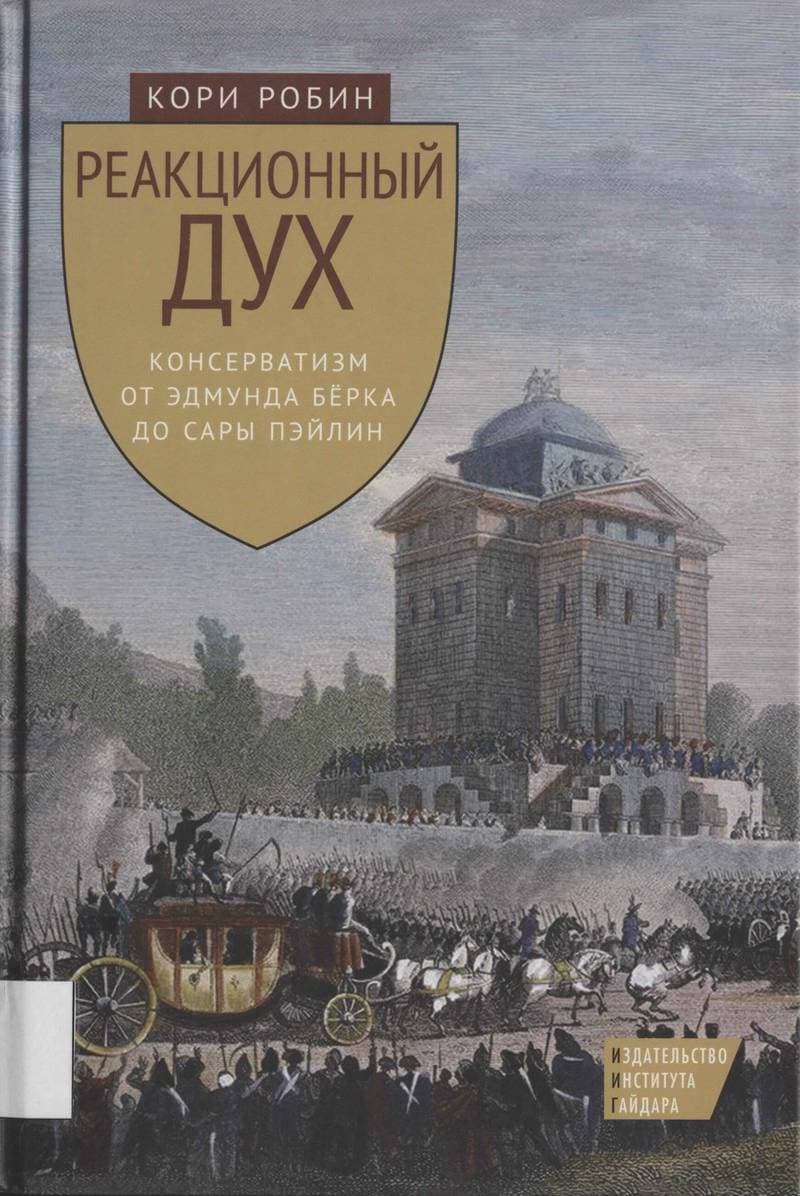Crowds and Democracy: the Idea and Image of the Masses from Revolution to Fascism
Between 1918 and 1933, the masses became a decisive preoccupation of European culture, fueling modernist movements in art, literature, architecture, theater, and cinema, as well as the rise of communism, fascism, and experiments in radical democracy. Spanning aesthetics, cultural studies, intellectual history, and political theory, this volume unpacks the significance of the shadow agent known as?the mass” during a critical period in European history. It follows its evolution into the preferred conceptual tool for social scientists, the ideal slogan for politicians, and the chosen image. Spanning aesthetics, cultural studies, intellectual history, and political theory, this volume unpacks the significance of the shadow agent known as “the mass” during a critical period in European history. It follows its evolution into the preferred conceptual tool for social scientists, the ideal slogan for politicians, and the chosen image for artists and writers trying to capture a society in flux and a people in upheaval. This volume is the second installment in Stefan Jonsson's epic study of the crowd and the mass in modern Europe, building on his work in A Brief History of the Masses, which focused on monumental artworks produced in 1789, 1889, and 1989.
Данные книги
Нью-Йорк
2013
312 страниц
9780231164788
Доступ по запросу
Да
Нет
300.1 Jon
1
- Парадокс глобализации: демократия и будущее мировой экономики2014
- Почему Европа? Возвышение Запада в мировой истории, 1500–18502014
- Бредовая работа. Трактат о распространении бессмысленного труда2020
- Орнамент массы. Веймарские эссе2019
- Краткая история власти и собственности в мире и России: о чём предупреждал Егор Гайдар2016
- Демократия, или Демон и гегемон2016
- Реакционный дух. Консерватизм от Эдмунда Бёрка до Сары Пэйлин2013
- ГУЛАГ2016
- Капитализм и историки2012
- Essays on the Sociology of Culture: Collected Works Volume Seven2001
- Толерантность как принцип политического действия: история, теория, практика2007
- Цены и ценообразование в СССР в восстановительный период 1921–1928 гг.2016












